

International Symposium of Byzantologists
NIŠ AND BYZANTIUM XVIII
“800 years since the Аutocephaly of the Serbian Church (1219-2019): Church, Politics and Art in Byzantium and neighboring countries“
Dr Miša Rakocija
International Symposium "Nis and Byzantium" has been organized for eighteen years by now by the City of Niš, the University of Niš and the Orthodox Niš Eparchy, with the professional coordination by the Niš Cultural Center. Symposium "Niš and Byzantium" is already a distinctive feature of the city of Niš and its solid foundation in the cultural mosaic of Europe. The high scientific level of its Proceedings makes a lasting testimony of historical durability, spiritual continuity, artistic achievements and the wish of the organizers to study and present the monumental heritage of Niš, the Balkans and Europe properly.
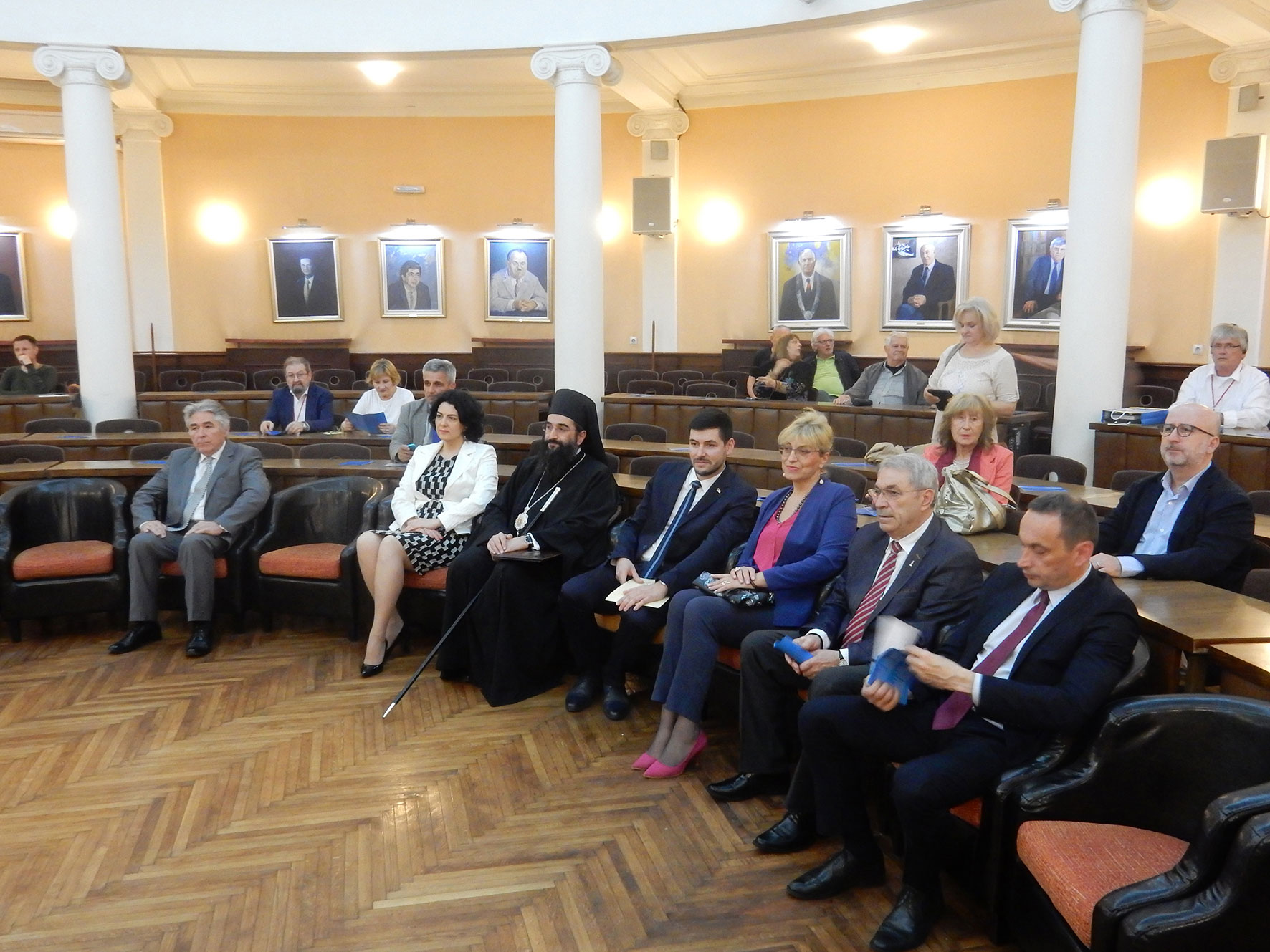
Niš University Hall, Symposium Opening: Zoran Nikolić, PhD Rector Advisor; Dragana Sotirovski,
Head of Nišava District; Niš Bishop Mr. Arsenije; Goran Milosavljević, Assistant to Mayor;
Ružica Đorđević, Niš City Assembly Secretary; Miroslav Milutinović, PhD, Crveni Krst Municipality President;
Nebojša Ranđelović, PhD Mayor’s Advisor
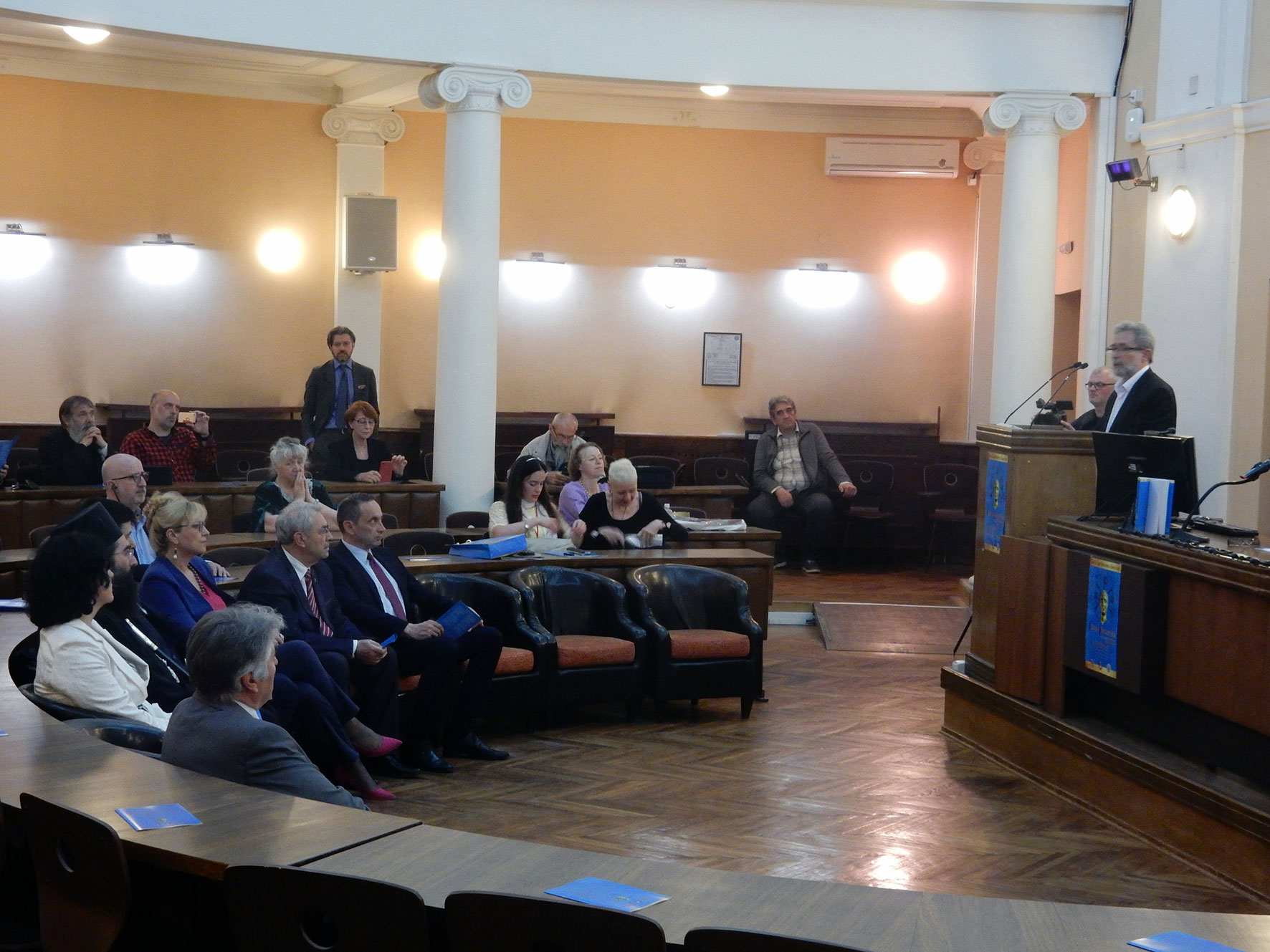
Introduction, dr Miša Rakocija
For eighteen years the prominent researchers have been revealing our spiritual and art heritage, doing it all with the Blessing of His Holiness Serbian Patriarch Mr. Irinej. This year the Patriarch’s Blessing was conveyed by Niš Bishop Mr. Arsenije. After the introductory speech of dr. Miša Rakocija, the participants were welcomed by Niš City Mayor Assistant Mr. Goran Milosavljević and by Niš University Rector Adviser Mr. Zoran Nikolić, PhD. The symposium was opened by Dr. Vesna Bikić from the Archaeological Institute of the Serbian Academy of Sciences and Arts. The Proceedings “Niš and Byzantium XVII” was presented by Dr. Anđela Gavrilović. The opening ceremony was magnified by the performance of the vocal group “Constantine”. The festive part of the ceremony was finished and followed by the first working session, on the first day.

Blessing speech by Niš Bishop Mr. Arsenije
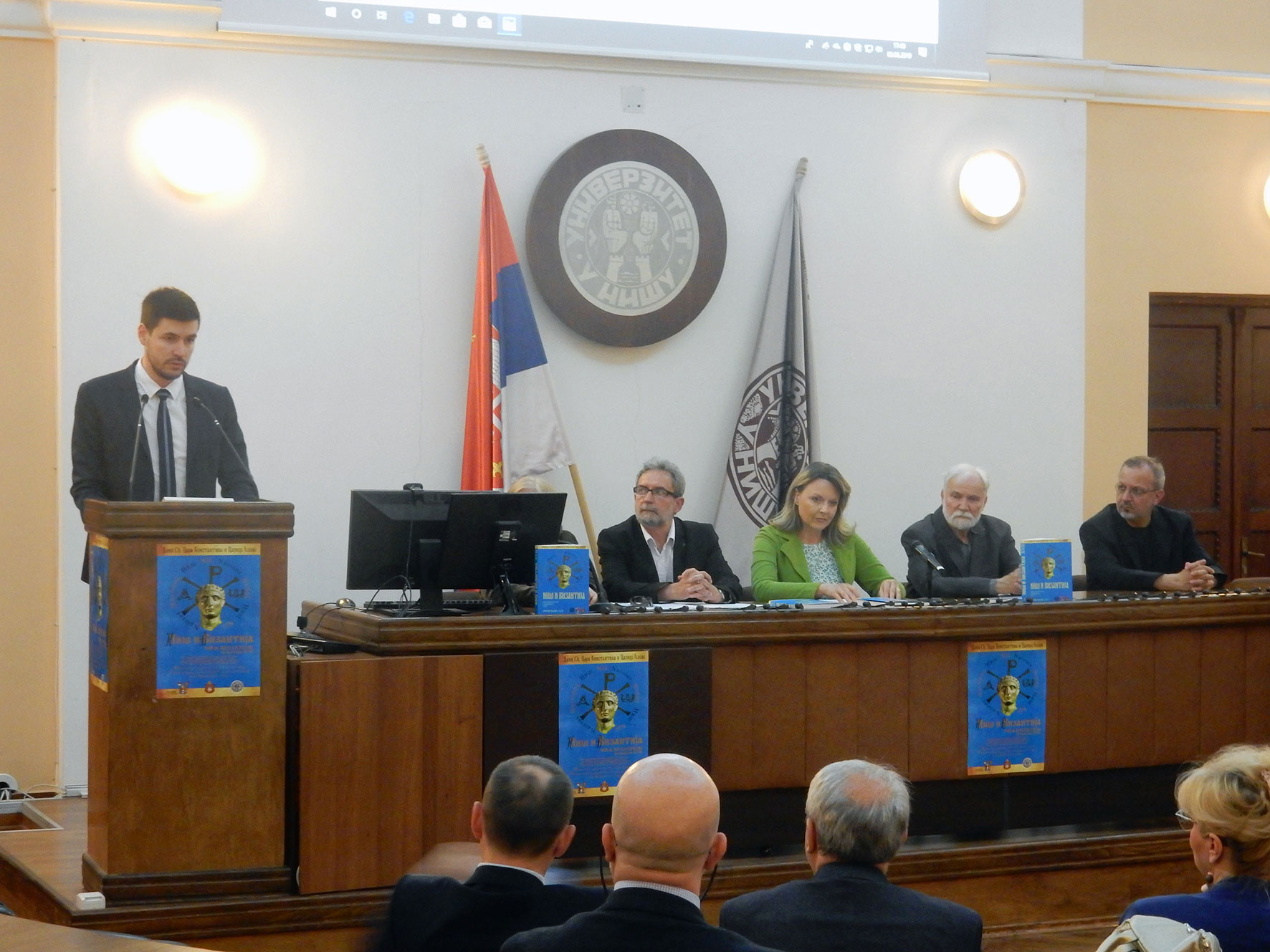
Welcome word, Assitant to Mayor Goran Milosavljević
The eighteenth International Symposium “Niš and Byzantium” with its subtitle "800 years since the Autocephaly of the Serbian Church (1219-2019): Church, Politics and Art in Byzantium and neighboring countries", was aimed to remind us of the time when an independent Serbian Orthodox Church was founded within the Orthodox Ecumenical Church. The obtained Autocephaly is a historical event of the great importance for the fate both of the Serbian people and the Serbian state.

Adress by Zoran Nikolić, PhD Rector Advisor
Two years ago we marked 800 years since the crowning of Stefan Prvovenčani (Stefan the First-Crowend, in 1217) and the international recognition of Serbia as an independent state. Pointing to this most important event in the history of Serbian statehood, we underlined the mutual connections and relations of Christian peoples and states.
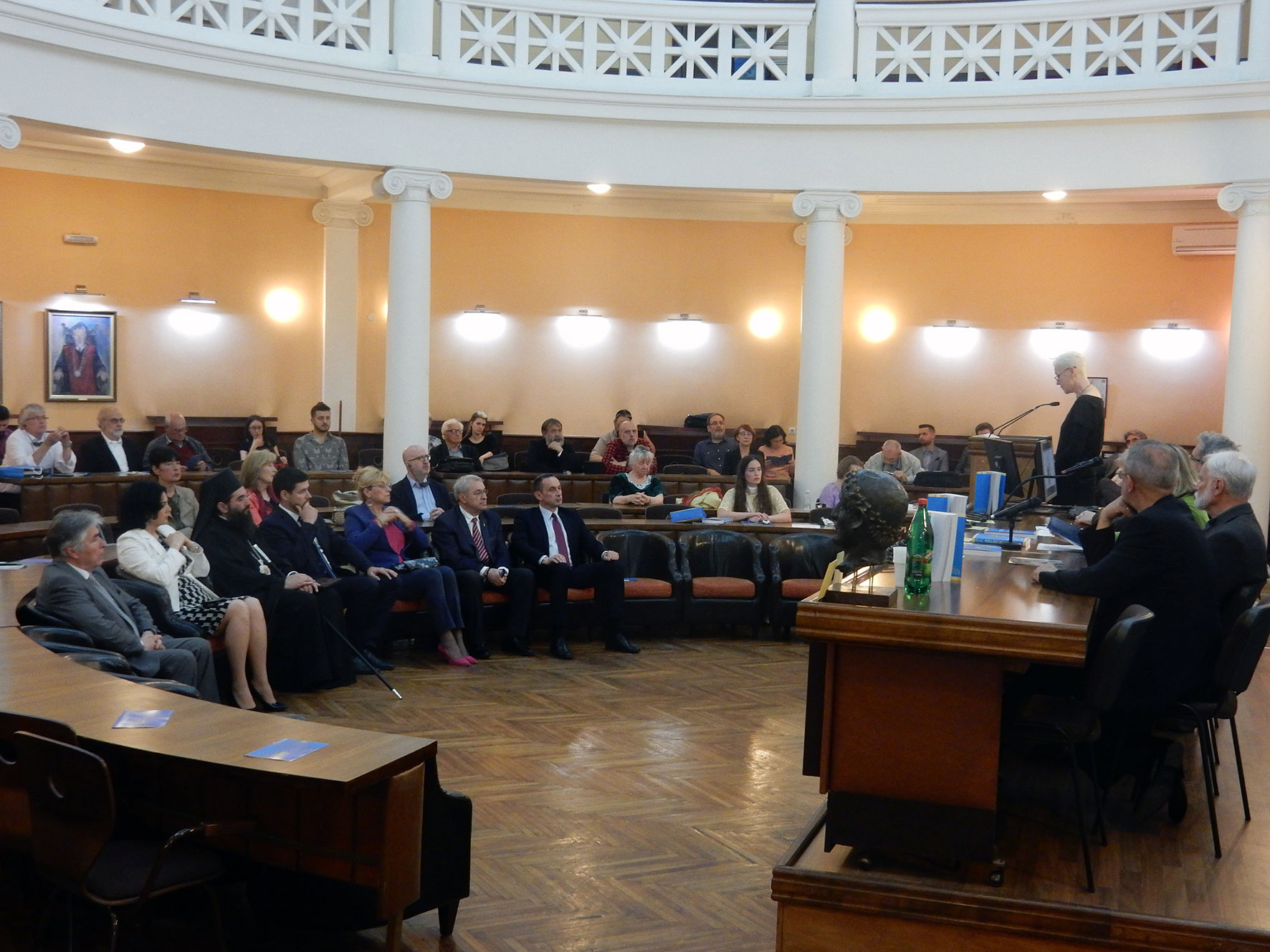
Opening by dr Vesna Bikić
Only two years after, in 1219, Sava Nemanjić managed to obtain Autocephaly (i.e. independence) for the Serbian Archbishopric from Emperor Theodore I Laskaris and Patriarch Manojlo Saranten Haritopula, in Nicaea, the historical place where also the First Ecumenical Assembly was held long ago, in the year 325. The Patriarch appointed Sava for the first Archbishop of all Serbian and maritime countries. With the wise policy of the two brothers, Stefan Prvovenčani and Sava Nemanjić, Serbia in an area of conflict and contact between the East and the West, gained the independent state and autocephalous church. This happened at difficult times of the Byzantine Empire when the Ecumenical Patriarch resided in Nicaea, at the time of the rise of the Despotate of Epirus and events in the Archbishopric of Ohrid and Bulgaria, when the Latin Empire and the Kingdom of Thessalonica weakened, as well as in the complex situation in southern Italy and the Holy Land. The proclamation of autocephaly of the Serbian Church had its reflections on culture and art in all Serbian countries whose legacy has still been inherited today. This event left a visible mark on the church, art and politics in the Byzantine Empire and neighboring countries.

Dr Anđela Gavrilović, Promotion of Proceeedings XVII
Church life and political conditions determine and shape artistic creativity. After winning over the autocephaly and certain political stability, the flourishing of the Serbian art happened. The magnificent churches were built. The walls were being adorned with beautiful paintings, icons were radiating precious beauty, sculptural works were being created, books were being written and painted, many works of applied art were being created and much more.
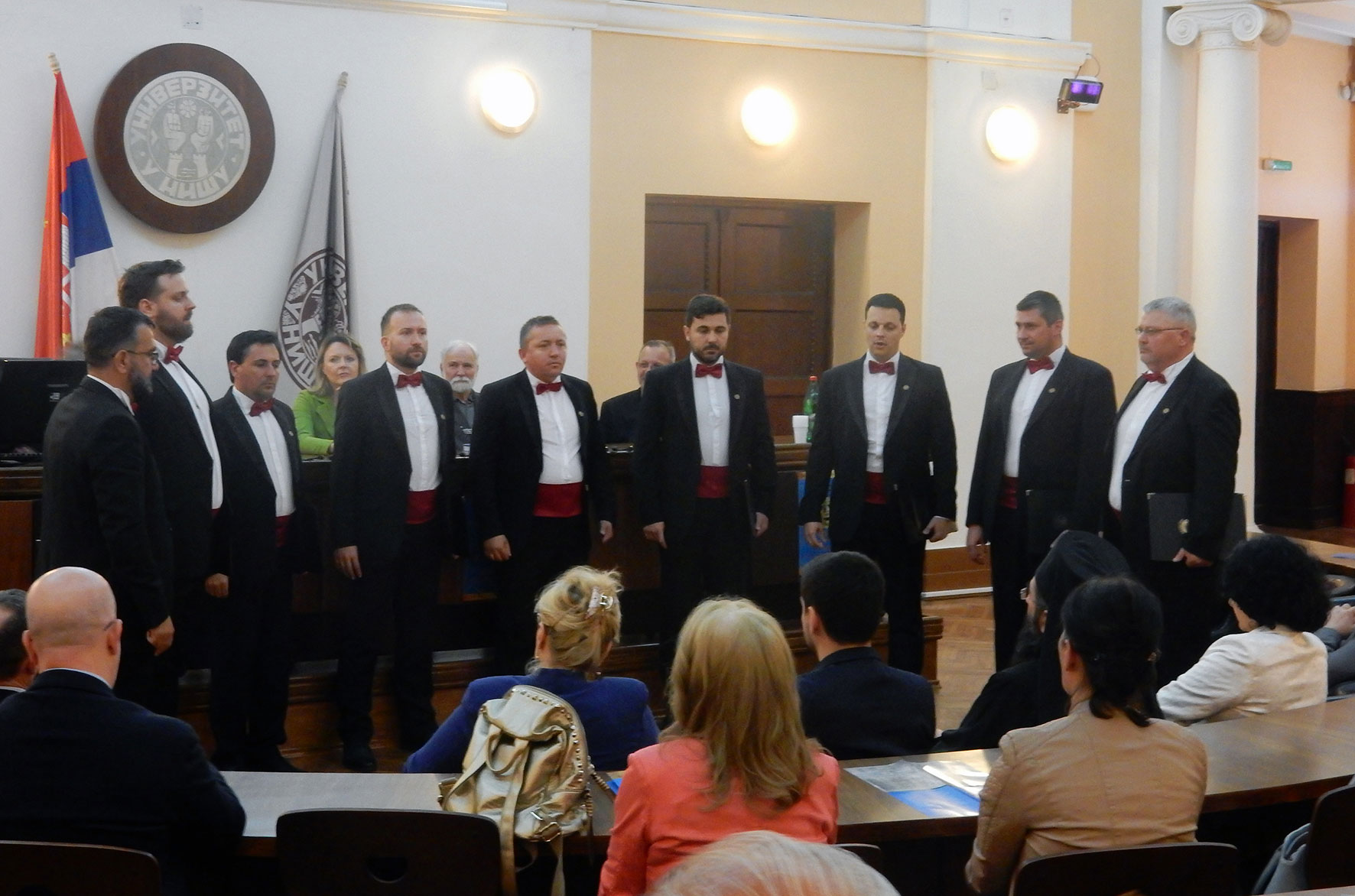
Vocal group „Constantine“ performance at the opening
The famous representatives of the Serbian state and the church were then the founders, builders and church restorers, leaving to the descendants, those today and those who will come after us, a clear message about the transience of the earthly life and of eternal lasting of the works of spirituality and arts.

Dinner
It was a famous period of Serbian ecclesiastical and state independence eternalized through the works of the Serbian medieval art. Therefore the church monuments are recognizable testimony of our special and respected position within the cultural mosaic of Europe.

Reception at the Niš City Hall
Studying and getting more knowledge about Church Art enable us to estimate correctly the time in which we live present days and to determine more surely the directions of development of life and creativity in the future. In this venture the participants of the international symposium "Nis and Byzantium" generously assist us.
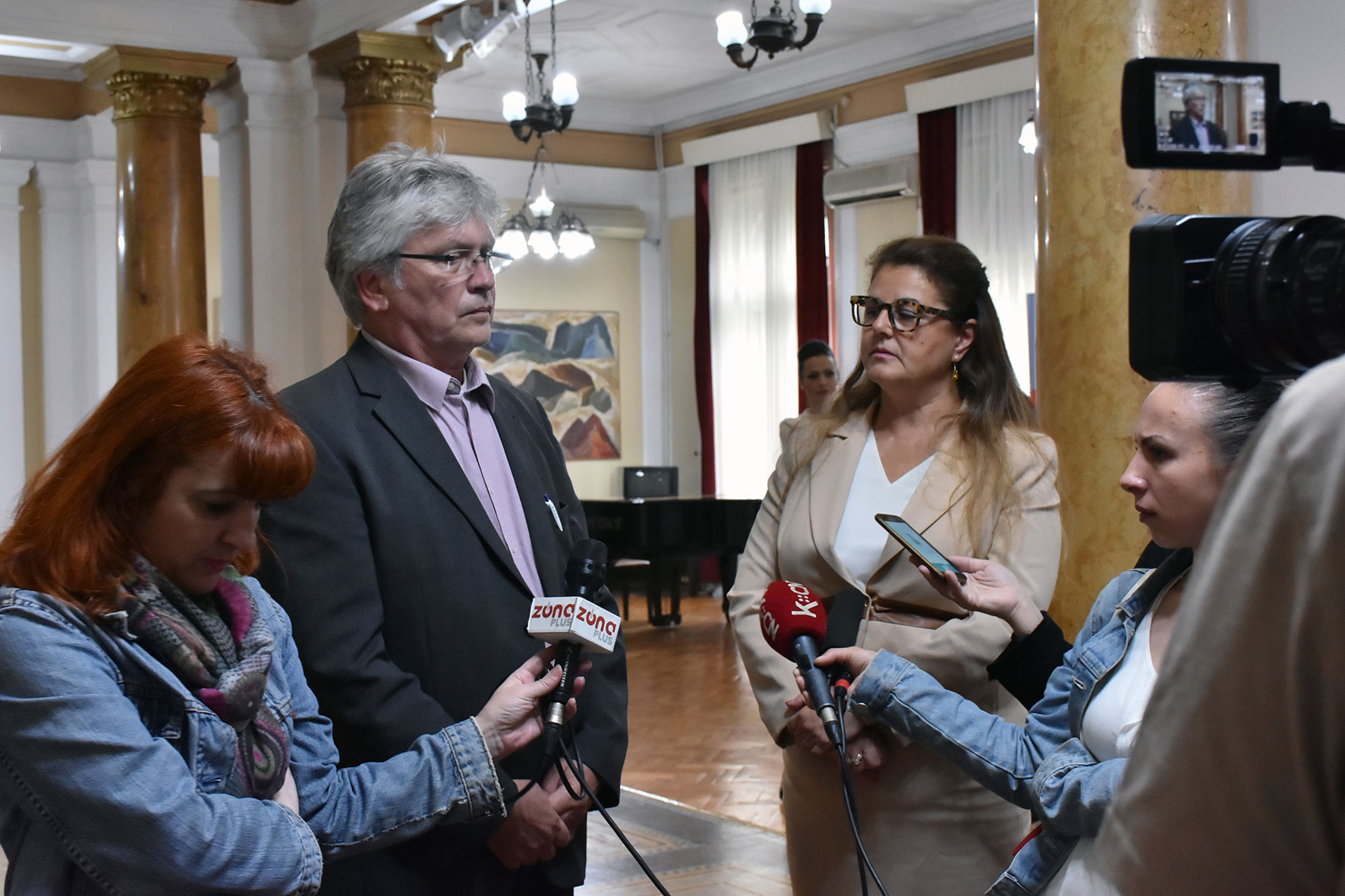
Discussion with journalists, prof. Andre Piltz, Institute for studying antique culture, Austrian Academy of Sciences, Vienna
This year 42 participants from Turkey, Austria, Albania, Bulgaria, Greece, Macedonia, Russia, Romania, Hungary, Ukraine, the Republic of Srpska and Serbia have applied. Those who, for justified reasons could not have come to present their research work during the symposium days, will sent their works for the Proceedings. At the very end a small press conference was held for journalists, as well as a traditional reception at the Niš City Hall for the symposium participants this year hosted by Assistant Mayor Ms. Marina Kostić.
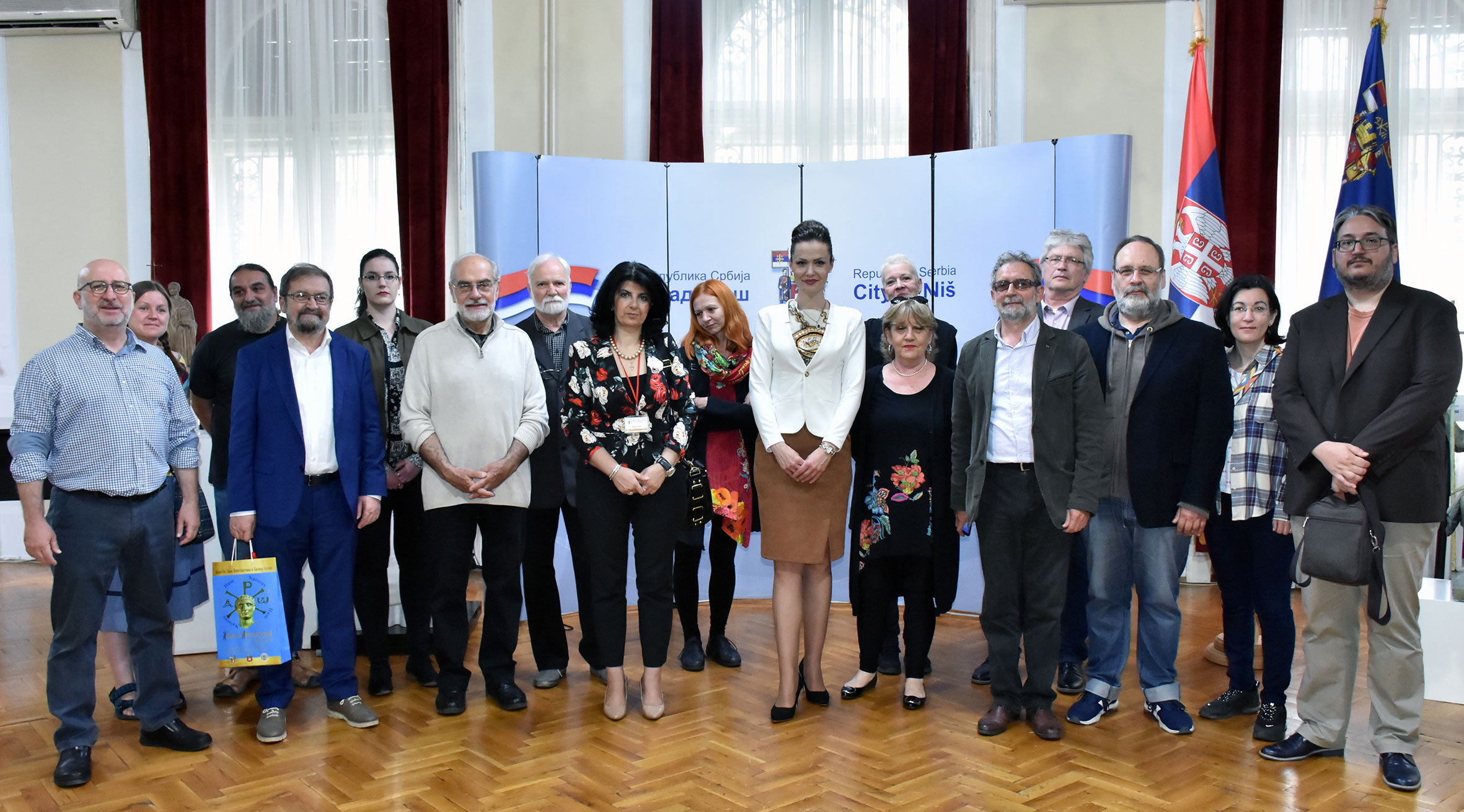
Reception for the symposium participants at Niš City Hall hosted by Assistant Mayor Ms. Marina Kostić
After that a tour visit to the Niš monuments of culture followed: the Basilica of the Martyrs, the Latin Church in Gornji Matejevac and the Mediana archeological site.
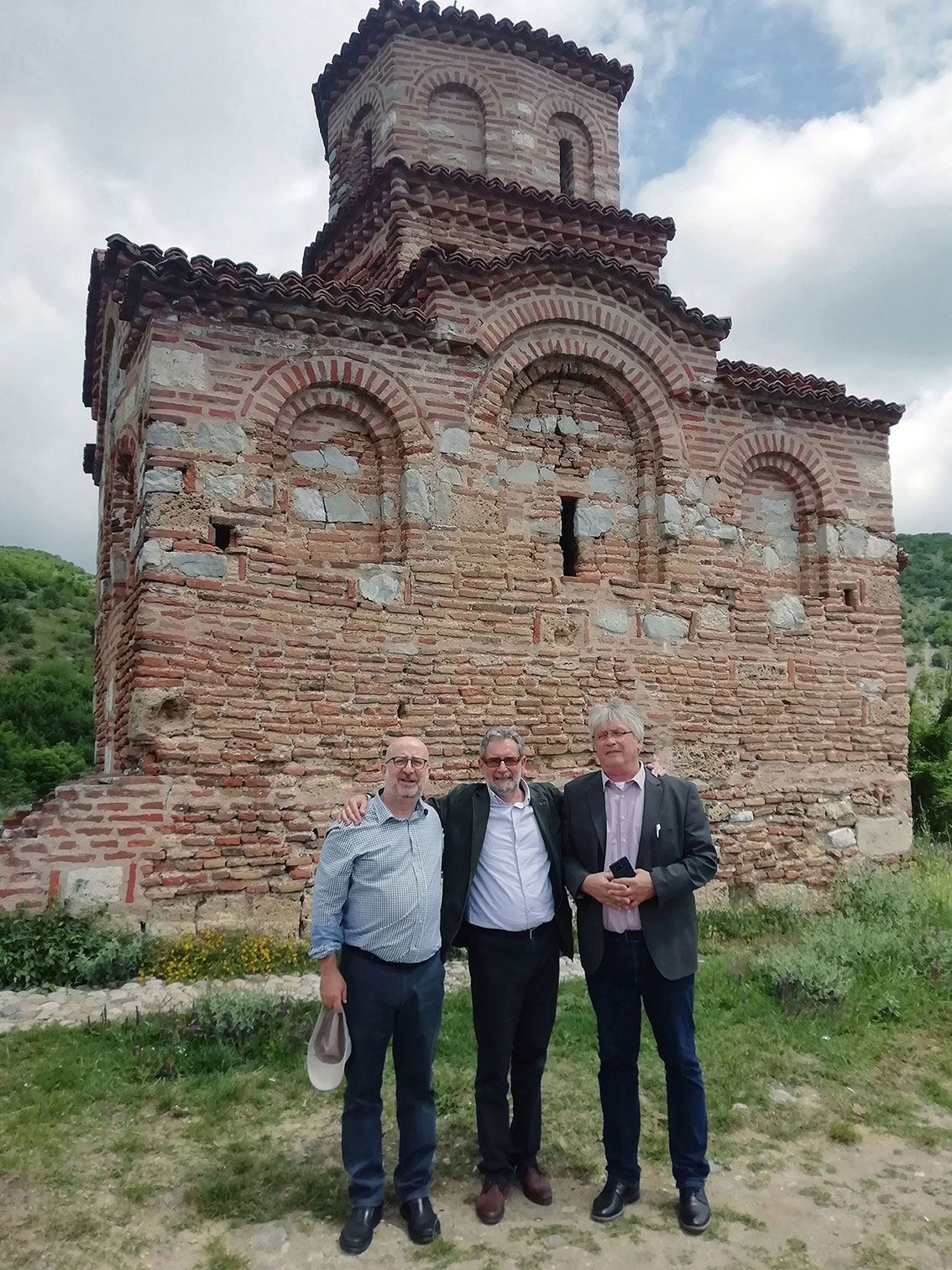
Visit tour to the Latin Church near Gornji Matejevac

Visit to the archeological site Mediana
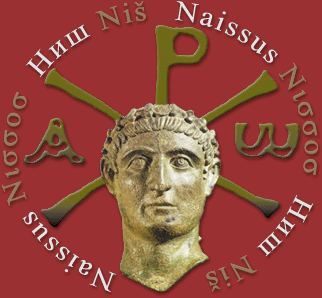
![]()


